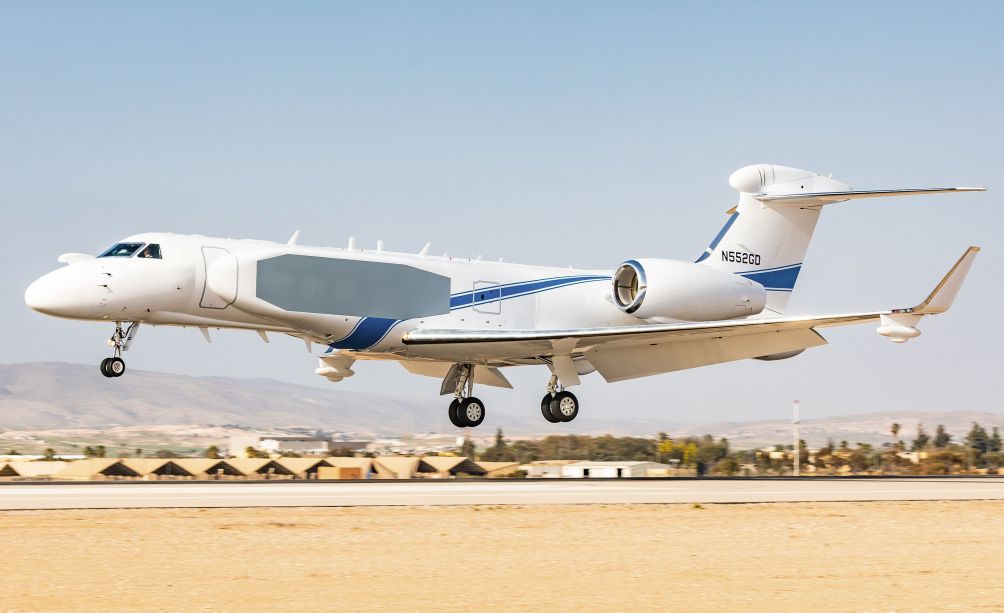Electronic sensors are key to battlefield dominance by armed forces, as information gathered about the enemy enables counter-measures and often, offensive action that change the course of a war. Radar is an electromagnetic sensor system used for detection, location tracking, imaging and classification of targets such as man-made objects like aircraft, ships, ground moving vehicles and natural environment including ground features and moving men.
It is an important sensor for the commanders' battle space awareness and for decision-making in a war scenario. Modern battle has transformed into network centric operations, with unified battlefields spread across multiple theatres of operation. With the advent of microelectronics, radio frequency management and unprecedented growth in processing power and computation, radar has transformed into a complex, advanced and intelligent sensor. Indian military, aspiring to be a global player, has been integrating emerging technologies to fine tune its strategies and tactics to integrate with global Armed Forces.
The battlefield scenario is continuously changing with sophisticated emerging technologies and therefore the operational environment of modern radar systems is becoming increasingly more complex. Stealthy,
long-range, high altitude, high speed, manoeuvering targets, intense jamming environment, large fluctuations of radar cross-section with small change of aspect angle of targets, pose challenges for efficient detection, tracking, and measuring are all combined to ensure complexity of the task.
Radar is an acronym. Radar stands for Radio Detection and Ranging and is used extensively today for both military and civilian purposes. Radars were first used to achieve military objectives in the middle of the 20th Century - World War II to be precise. In India during the postindependent era, work on a radar for the armed forces began in the 1967-68 period at the Bengaluru-based Electronics and Radar Development Establishment (LRDE), a premier institution of the Defence Research and Development Organisation (DRDO).
The Battlefield Surveillance Radar– Short Range (BFSR-SR) is a
lightweight, man portable, surveillance electronic sensor developed for the Indian Army. The radar can search a specified sector and performing track-while-scan (TWS) for multiple ground surface targets to provide all-weather surveillance against intrusion. BFSR is a fully coherent pulse Doppler radar. The low peak power provides the radar a low probability of intercept (LPI), making it difficult to intercept by enemy sensors. The radar algorithm incorporates Digital Pulse Compression Technology, which improves the LPI characteristics, provides adaptive RF power management based on the depth of surveillance, as well as making the radar capable of resolving closely spaced targets. The radar operates in all-weather conditions and during day and night.




